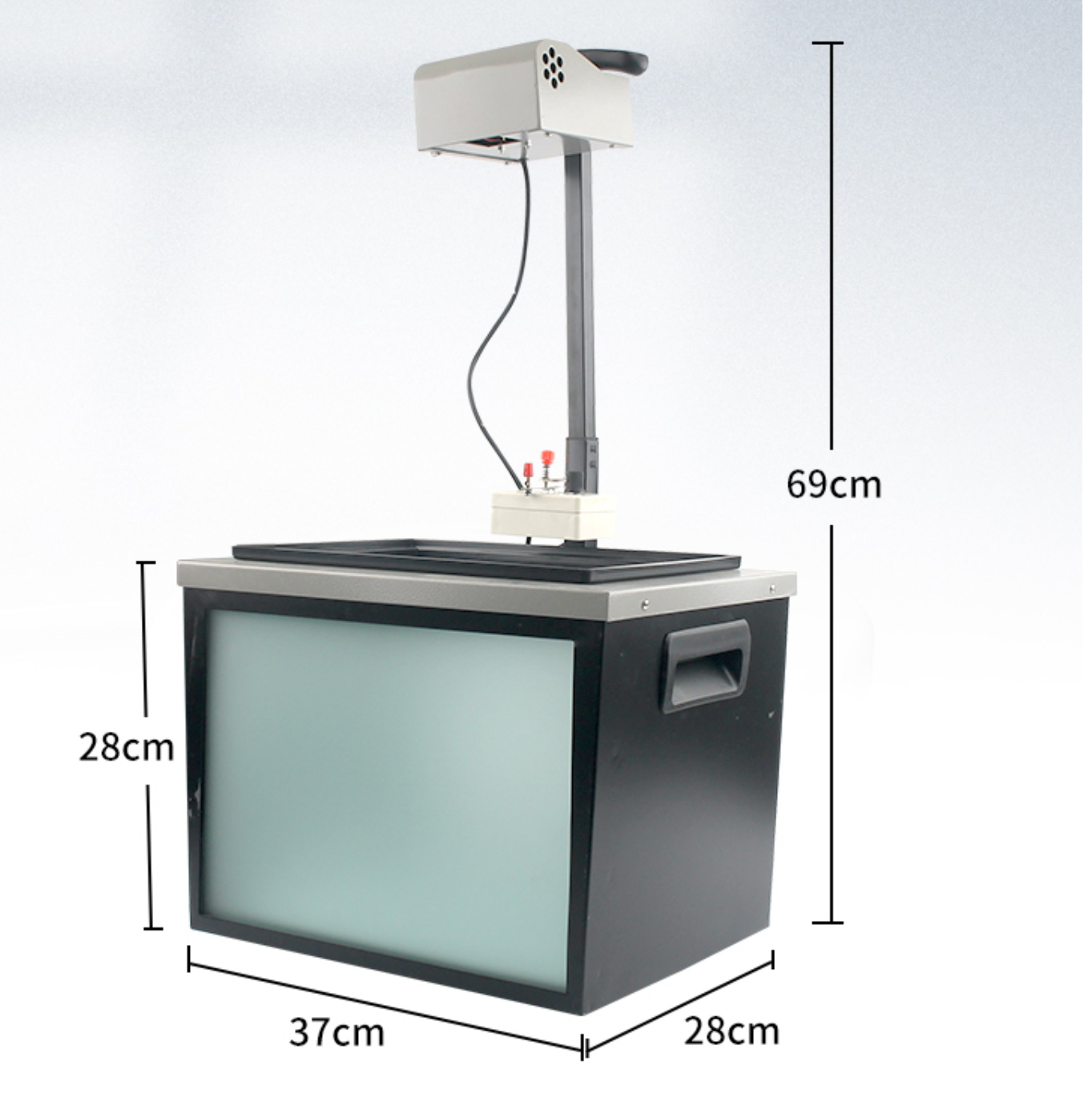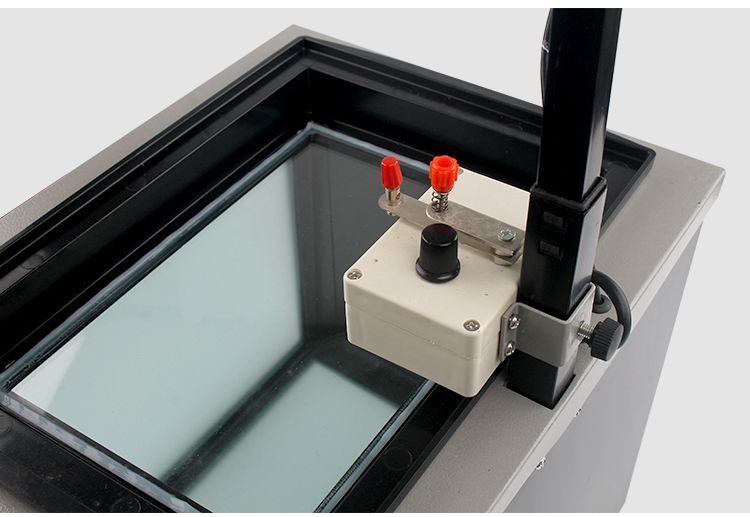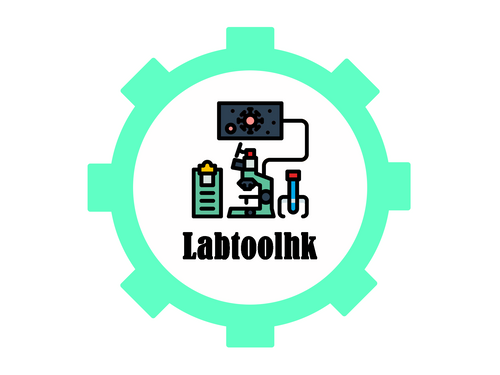Lab Tool HK
Water Tank Ripple System
Water Tank Ripple System
Couldn't load pickup availability



The water wave tank is an experimental equipment specially designed for water wave experiments. Our flume tanks provide an ideal environment to observe and study the nature and behavior of water waves.
feature of product:
- Exquisite design: The water wave tank is made of high-quality materials, with exquisite appearance design and highly transparent wall surface, so that the movement of water waves can be clearly observed.
- Adjustable size: The length and width of the water wave tank can be adjusted according to the experimental requirements to suit different experimental designs and research purposes.
- Safe and Stable: The water wave tank has a solid support structure to ensure it remains stable during the experiment and prevents leakage.
- Easy to operate: The operation of the water wave tank is simple and convenient, and you can easily adjust the water depth, wave source and other related parameters to carry out various water wave experiments.
- Multifunctional: The water wave trough can be used to study phenomena such as reflection, refraction, interference and diffraction of waves, and it is also suitable for teaching and scientific demonstrations.
Specification:
- Weight: about 8.8kg
The flume is a useful tool that can be used in physics, engineering, science laboratories, and educational institutions, among others. It helps students and researchers better understand the properties and behavior of water waves, and facilitates the learning and application of scientific knowledge.
Experimenting with water waves is a common physical experiment method used to study and observe the behavior and properties of water waves. The following are the general steps for experimenting with a flume:
-
Prepare the flume: Place the flume on a level surface, making sure it is stable. According to the experimental requirements, adjust the length and width of the water wave groove.
-
Adding Water: Fill enough water into the flume to bring the water depth to the desired range. Dyes or markers can be added to help observe and measure the motion of the water waves.
-
Generate Water Waves: Generate water waves with the appropriate frequency selected.
-
Observation and recording: Use corresponding instruments (such as video cameras, measuring rulers, time meters, etc.) to observe and record the behavior, characteristics and parameters of water waves, such as wavelength, frequency, amplitude, wave speed, etc.
-
Experimental operation: According to the purpose and requirements of the experiment, perform corresponding operations, such as changing the frequency or amplitude of the wave source, adjusting the water depth or adding obstacles, etc.
-
Data analysis: According to the experimental results, conduct data analysis, compare the results under different conditions, fit theoretical models, and verify physical principles or laws.
-
Summary and discussion: According to the experimental results and data analysis, summarize the experimental conclusions, discuss and explain, and explore possible applications and extended research directions.
When conducting experiments, please follow the relevant experimental safety guidelines, and pay attention to the safety and cleanliness of the water wave tank and the surrounding environment. Ensure that the operation is accurate and in accordance with the experimental design requirements, and record the observations and data at any time.



